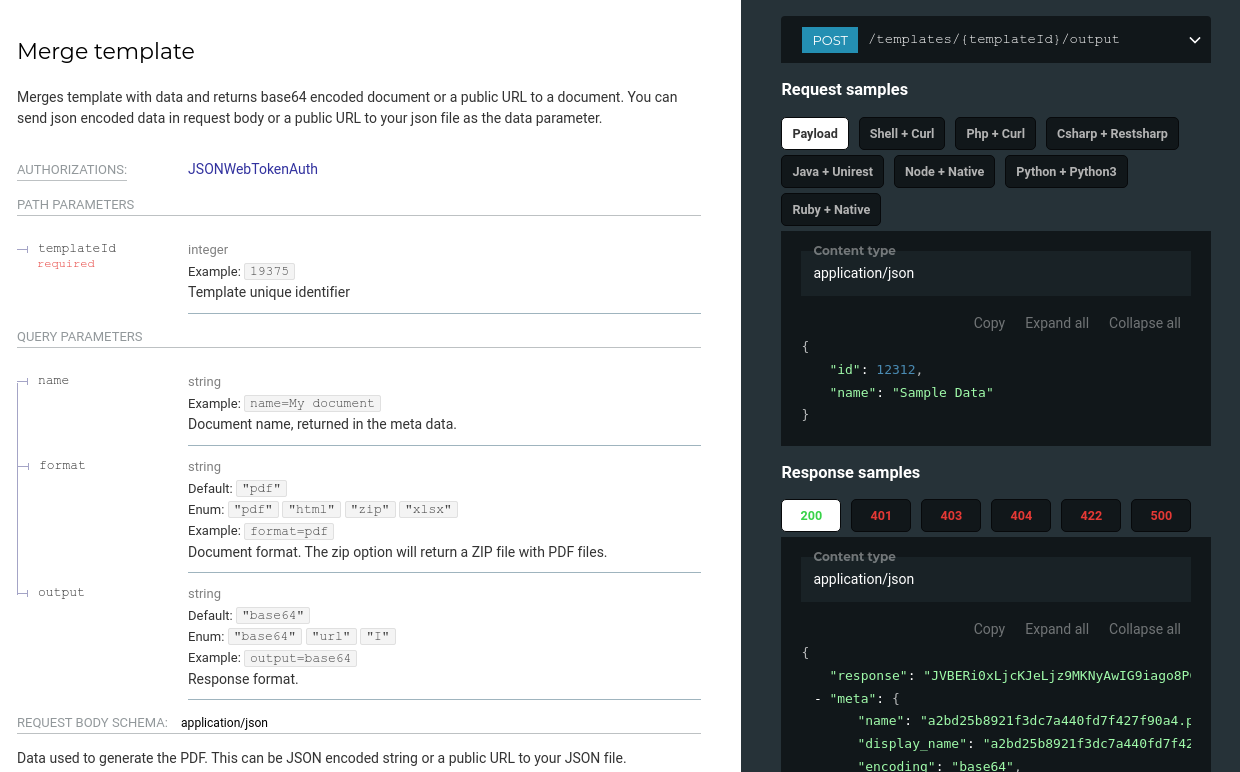
- Automatic code snippit in teams manual#
- Automatic code snippit in teams full#
- Automatic code snippit in teams windows#
I am looking for a central tool to store snippets for use in other editors and IDEs.

I am not looking for a code editor that also includes a code snippet manager.
Automatic code snippit in teams windows#
The application must run on Windows (although Windows/Linux cross-platform capabilities are a bonus), be gratis and open source, and usable with a GUI (i.e. Syntax-highlighting is a plus, but not absolutely necessary.

).Ĭode snippets must not be limited in length. at least one "hard" level of categorization) anything beyond should be well usable for larger collections of code snippets (maybe by further hierarchical grouping, maybe by user-defined tags. It should be possible to organize code snippets by language/framework/technology (i.e. In some cases, I would not even want to copy and paste the text anywhere, but just read it right in the snippet manager. I use most of these pieces of text infrequently and I am not concerned about saving a few keystrokes.

Short can mean that it is just a single word, long can mean that there are 50 or more lines of text. not cloud-based).Īs "code snippet managers" seem to cover a variety of use cases, I would like to narrow down the scope: The primary purpose of the application I'm looking for is to organize and let me easily find hard to remember short or long pieces of text. In that category, we have Postman, Stoplight, Swagger Hub, ApiMatic, to name a few.Īfter trying out different services, we finally chose to self-host the ReDoc as we liked their three-column design and how they present the endpoint parameters, with example payloads and responses.I am looking for a code snippet manager (or, more generally, a text snippet manager) that stores all of its data locally (i.e.
Automatic code snippit in teams full#
Usually, these services offer not only the API documentation capabilities but cover the full API lifecycle. You can either self-host the API documentation using tools like ReDoc or Swagger UI or go with a SaaS which provides hosted documentation. There are a lot of different tools and services which allow you to display live API documentation from the OpenAPI specification. Spectral allows you to describe your API style guide as a set of rules, so you can automatically validate your Open API specification against your API guidelines and make sure that everyone is following them. While searching for a way to automatically validate our Open API specification we found Spectral (created by Stoplight) an awesome JSON/YAML linter for creating automated style guides.
Automatic code snippit in teams manual#
While manual reviews are essential, you can also turn to automation to help implement your style guide. These documents detail the decisions already made in terms of resource naming, capitalisation, versioning, and other elements on how the API needs to look and feel.Īlthough if these style guides are not enforced, we will end up with inconsistent API specifications. Many organisations maintain their API style guides. You can read more about the benefits of definition driven API development here and I also suggest reading the post about API driven development. The main benefits of definition driven API development are better developer experience, faster go to market and increased team independence.

The complete OpenAPI Specification can be found on GitHub: OpenAPI 3.0 Specification. The API specification can be written in YAML or JSON. The specification allows defining the entire API structure from available endpoints to parameters and authentication methods. The OpenAPI specification is an API description format for RESTful APIs. I expect that most of you are familiar with OpenAPI, but to whom it is new, here is a quick introduction from Swagger About page who started the movement.


 0 kommentar(er)
0 kommentar(er)
